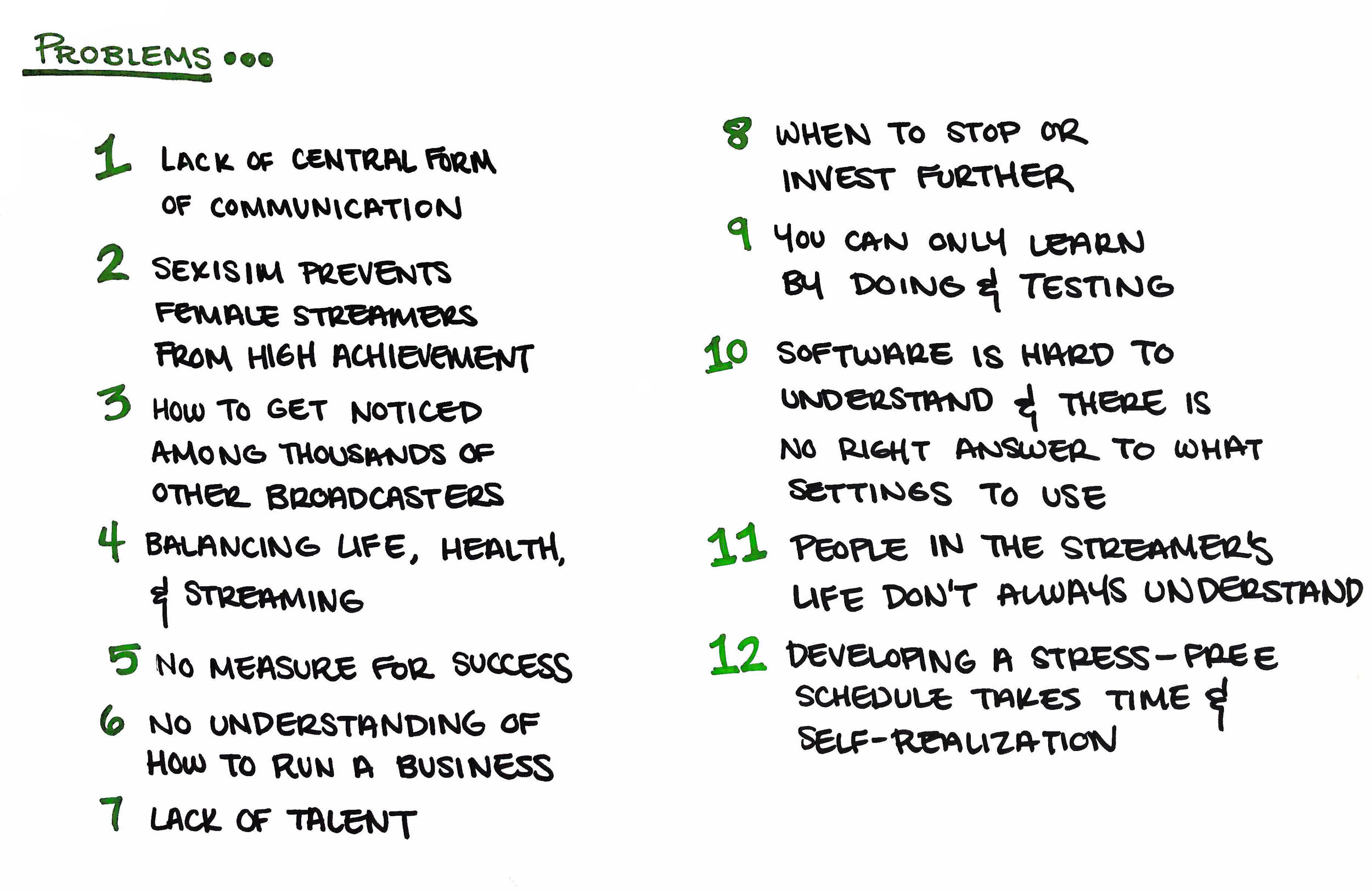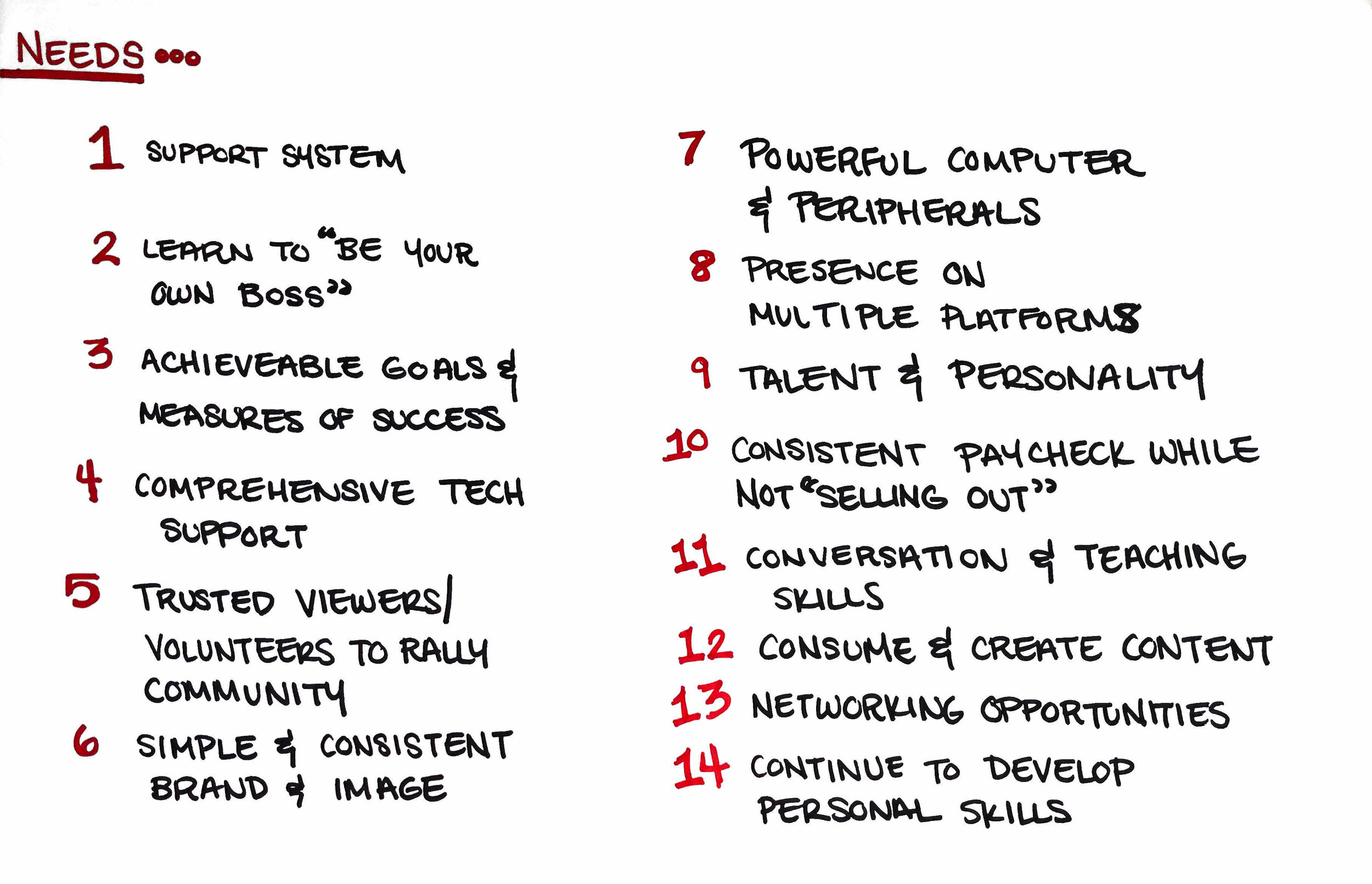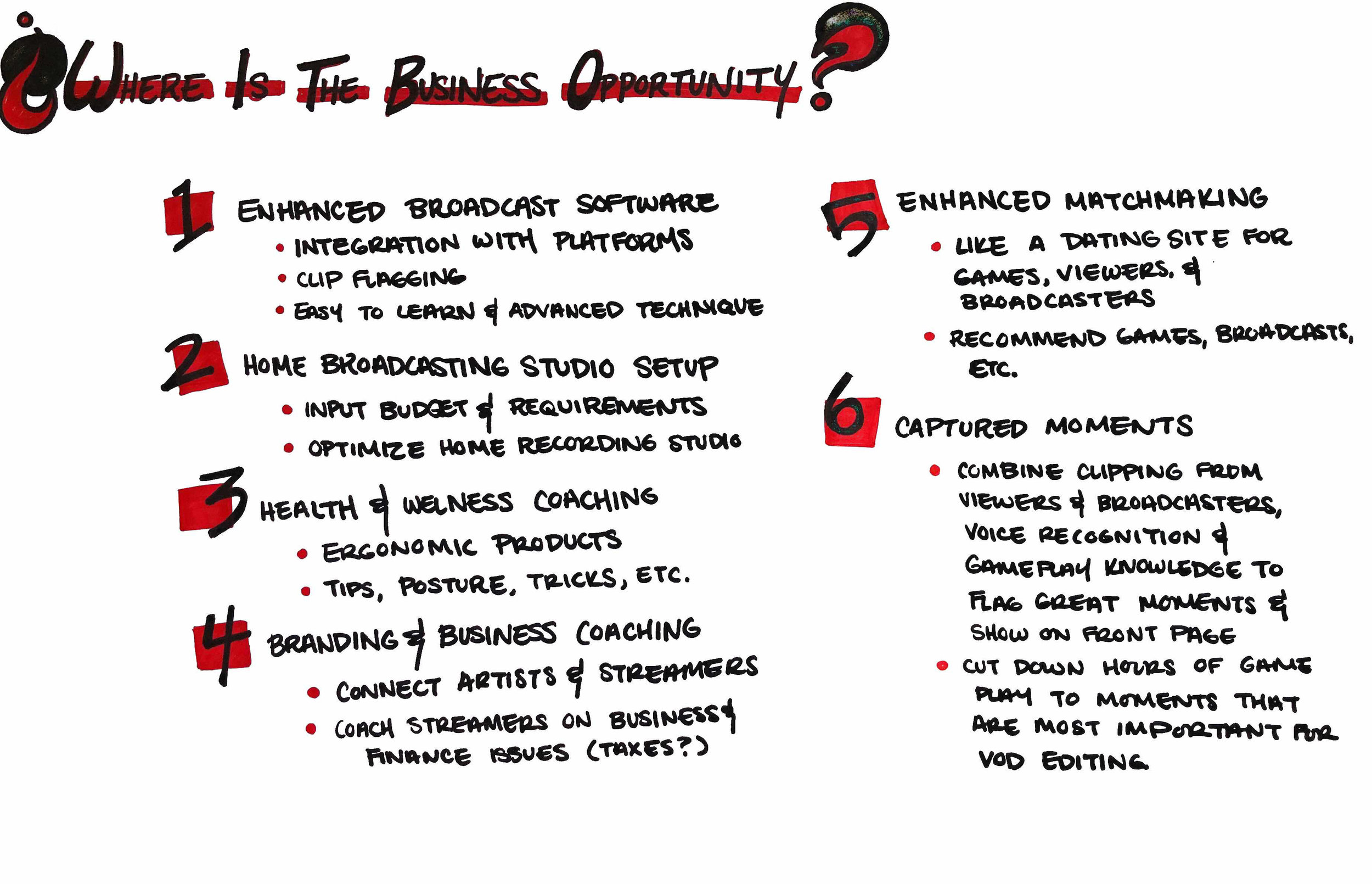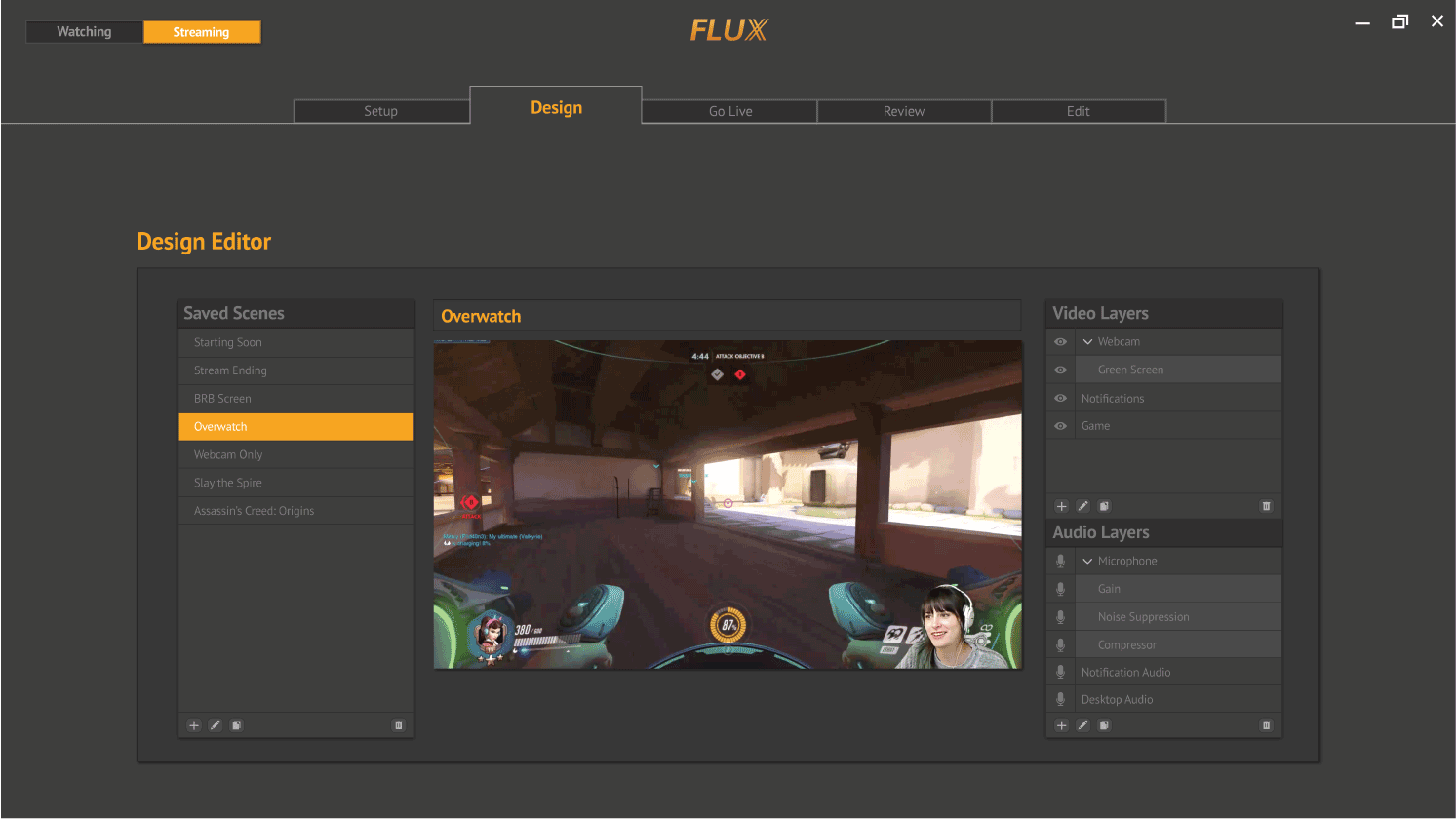What tools do live broadcasters need to become more successful?
Creating tools to improve the live streaming experience.
Summary
Flux is the result of my graduate thesis work, which focused on the development of a conceptual platform with the capability of supporting live broadcasters in everything they do from technical setup through going live and even editing VOD content.
Project Duration
~6 months
Team
Solo
Contribution
All design content on this project was created by me with the exception of vector icons.
Social gaming has been popular in the gaming community since the days of arcades when players would gather around a skilled gamer at the cabinet of their choice.
These days, technology has enabled players all over the world to broadcast their gameplay live over the internet to thousands of viewers. All that’s needed is a capable computer, a microphone, and the free software.
Viewers flock to websites like Twitch.tv and YouTube Gaming to watch their favorite broadcasters play a variety of video games in real time.
eSports attract massive online audiences. Overwatch League, the first eSports league to feature city-based teams, peaked at 2.1 million concurrent viewers during its inaugural season.
Each streamer is able to cultivate their own community through interactions with the chat, social media, and publishing of pre-recorded content, among other methods.
Broadcasters who find success on these sites can easily bring in six figure salaries in addition to landing sponsorships and promotional opportunities.
Although most broadcasters attribute this success to luck, the low cost of entry and high potential payout continually attract new broadcasters.
In order to get the full live streamer experience, I learned how to stream myself. In the process I tested webcams, microphones, and software in an attempt to improve my stream.
At the same time, I spoke to several streamers ranging in size from veterans able to sustain 10,000+ viewers per stream to newcomers trying to break into the space.
I quickly discovered that streamers often have to cobble together hardware and software setups that simply weren’t made with them in mind.
During a live broadcast, a streamer needs to be running their game, the broadcasting software, a tipping and notification service, and the website they are streaming to.
All this gathered information was then synthesized using charts and other analysis tools.
The resulting insights lead to a multitude of opportunities to explore.


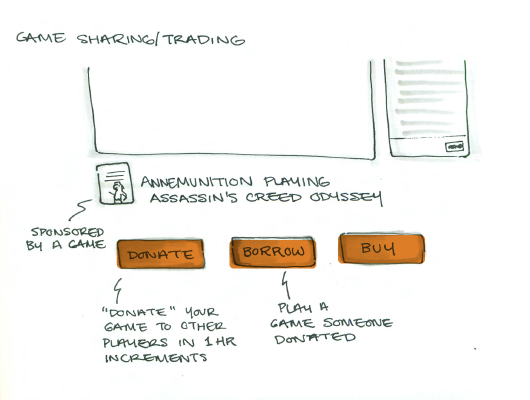
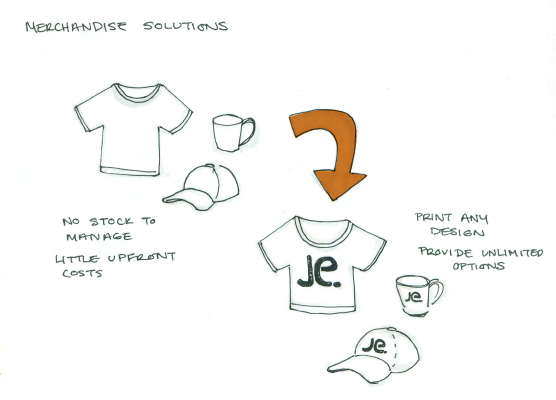

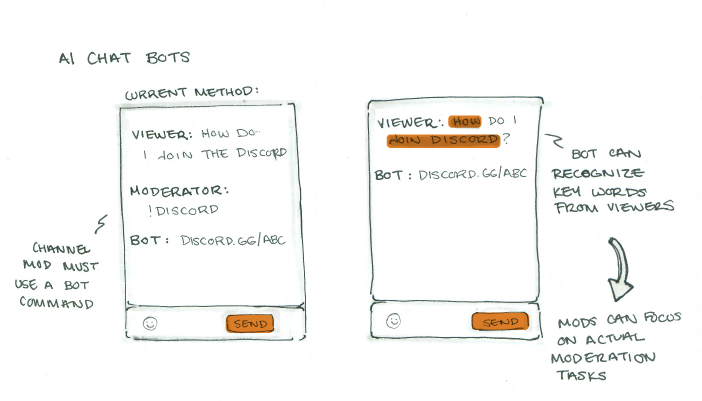
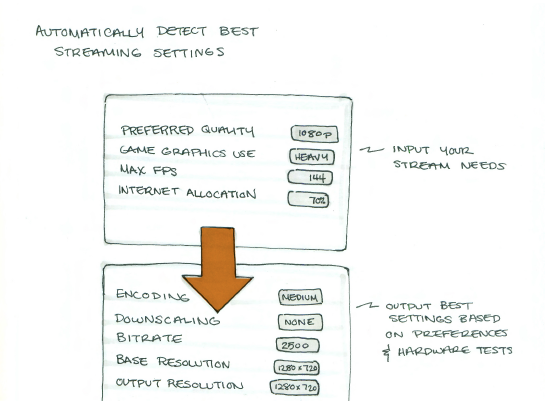
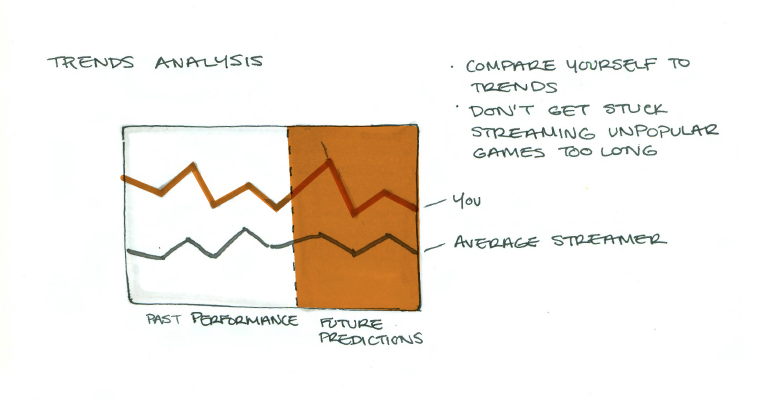


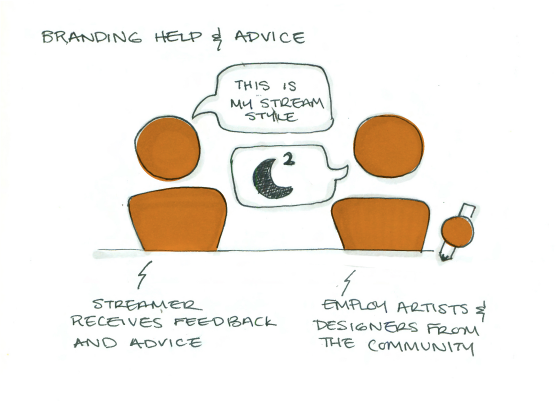
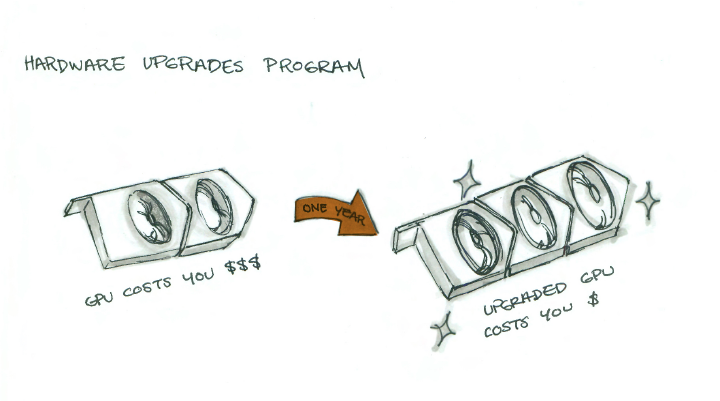
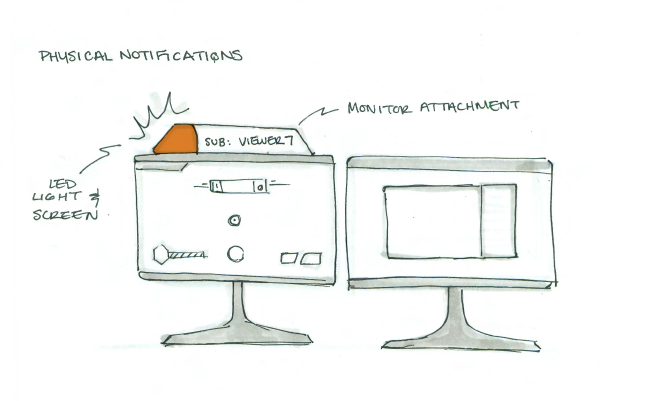
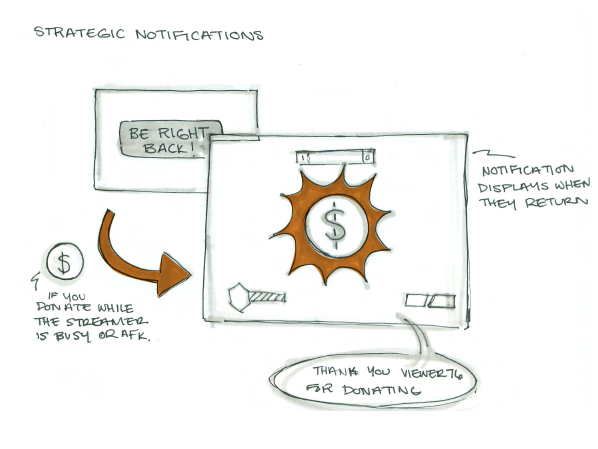
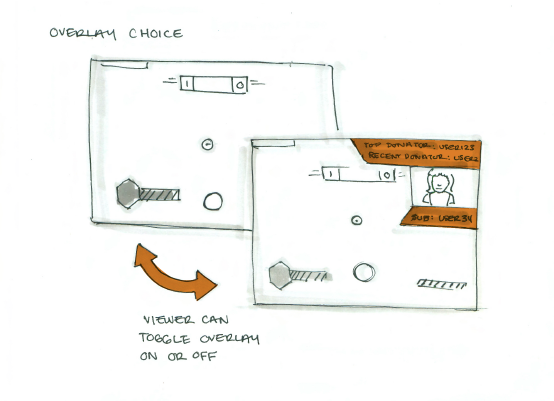
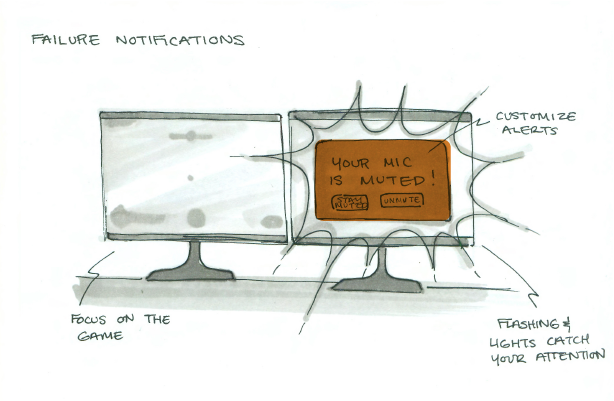
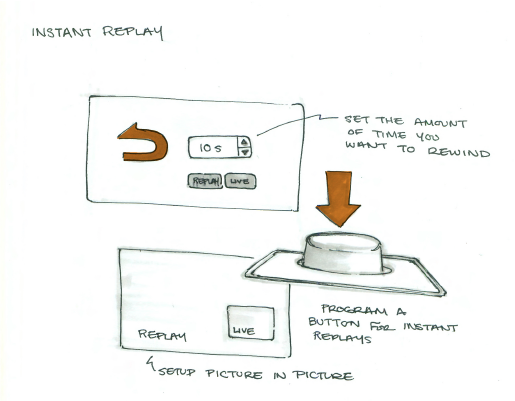
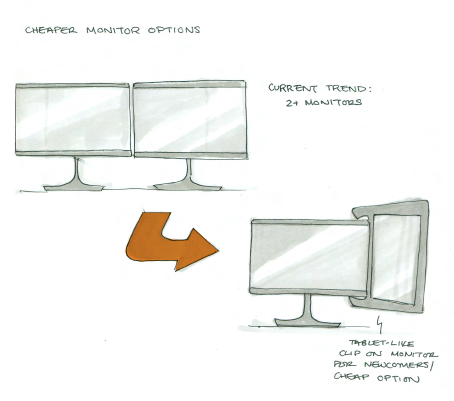
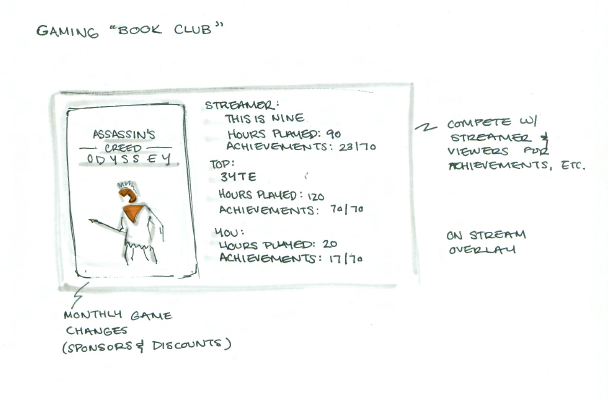
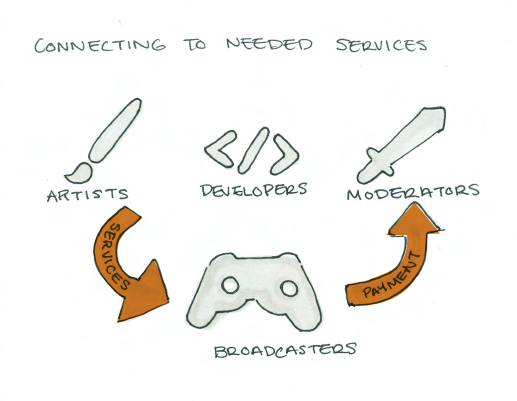

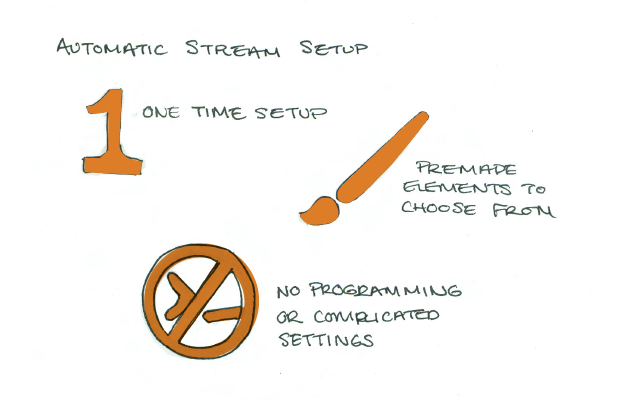
The sudden exponential growth of live streaming games has contributed to the disjointed feeling of both the hardware and software broadcasters use.
The most important piece of hardware in any streaming operation is the PC that is broadcasting the stream over the internet.
The development of an all-in-one streaming PC would lower both the time and monetary cost for streamers at all levels looking to transition to a dual-PC setup.
This all-in-one PC would have to include internal components powerful enough for streaming, as well as the audio and video components necessary for a dual-PC setup.
But cool hardware isn’t enough, it would have to be supported by a software suite that is easy to learn and works exceptionally well.
Development of the software started with a basic layout of what functions it needed to have.
Before moving on to higher definition digital sketches.
Based on the research, it was clear that one design or product would not be enough to solve the problems these streamers face on a regular basis.
Instead, each phase of the streaming process would need to be addressed. The streaming process was split into five components. Each component requires its own solution, which can seamlessly combine with the other components to create a service that enhances the broadcasters’ job from start to finish.
By dissecting the streaming process in this manner, we can build better solutions for each phase of a broadcaster’s job and create a better product as a whole.
Flux’s all-in-one PC is designed to function as the streaming PC in a dual PC setup.
Additionally, the Flux PC features built-in audio and video components necessary to capture and stream from a secondary device.
The Flux PC is designed to replace not just a streaming PC but also the additional video and audio components necessary to broadcast.
It eliminates the trial and error process of setting up, taking several cords and desktop devices out of the equation.
On screen setup is equally simple. Just let Flux test the graphics card, CPU, and internet connection to optimize your streaming settings that can be tweaked at any time.
The visual design of the stream is a major pain point of the current streaming ecosystem.
Every streamer has their own opinions on how a stream should look and why. But many streamers lack design skills and the current tools make the process tedious and confusing.
The visual design tools should be equally intuitive. No more typing in numbers to crop pixels off an image. Layers are easy to see and filters offer explanations for exactly what they do.
The live dashboard is, arguably, the most important aspect of any streaming service.
A broadcaster needs to see a wide range of information along with the tools they will need to make changes on the go.
Streamers should be able to see and edit everything from their Go Live Dashboard.
Edit preset stream designs on the fly, view donation notifications, and interact with chat all in one place.
Flux also provides hardware to make streaming easier. The programmable teleprompter includes a webcam behind the screen and an LED light for visual notifications.
A desktop switcher panel allows for easy activation of effects and scene changes.
With most streaming platforms, support ends once the stream is over.
But Flux goes the extra mile, allowing broadcasters to cut together clips saved by themselves, Flux’s AI, or their own viewers, and export them in a variety of formats.
Flux offers the basic tools to edit these videos in a format that can be uploaded on its own platform or to other sites like YouTube.
Features include multi-track editing and exporting, which allows streamers to remove portions of audio or video, such as stream overlays that display received donations.
Finally, Flux supports its broadcasters by providing a detailed analysis of each streaming session and customized suggestions based on site wide trends and statistics.
Streamers can view the fluctuation in their viewers, followers, and other statistics across a single stream or over several months.
Flux uses game statistics, past trends, and personal performance to make suggestions on games to play or avoid in an attempt to help broadcasters make more informed decisions.
As a service, Flux offers a variety of tools and services designed to support everyone from brand new broadcasters to well-known veterans.
The current streaming ecosystem is highly disjointed. The broadcasting software, streaming platform, and donation platforms are all owned by separate parties.
Each of these services has their own set of rules, limitations, and prices.
Control of the streaming platform, donation and notification platform, and broadcasting software allows for more efficient monetization.
In addition it keeps both the streaming platform and broadcasting software at the same level of technological capability.
With the Flux system streaming, viewing, transactions, advertising, and even sponsorships are all built into a single platform.
Flux draws its revenue from several different activities. The most major activities include:
At Flux, our goal is to make an alternative platform that will attract Twitch’s current broadcasters and to provide tools for non-money making broadcasters to become financially successful.
Established streamers can take advantage of a variety of hardware and service discounts ranging from small discounts to free products.
Using these methods to attract larger streamers to the platform will help to attract their viewers as well as smaller streamers who wish to take advantage of a new streaming platform.
The pool of potential streamers and viewers is large and constantly growing as people are introduced to the world of live streaming and the appeal of being a live broadcaster.
Offering free products and better services for streamers to help them become more successful could help draw both new and old talent.
A platform like Flux has the potential to experience high exponential growth in its first several years.
As broadcasters begin to convert to Flux products, they are encouraged to utilize the streaming platform as well. The potential of “making it” on a new platform will encourage people to take up broadcasting as well as attracting existing broadcasters who may not have not seen success on other platforms.
Combined with hardware and peripheral streaming products such as webcams, lighting equipment, and even computer desks, Flux has great opportunity for future growth.










